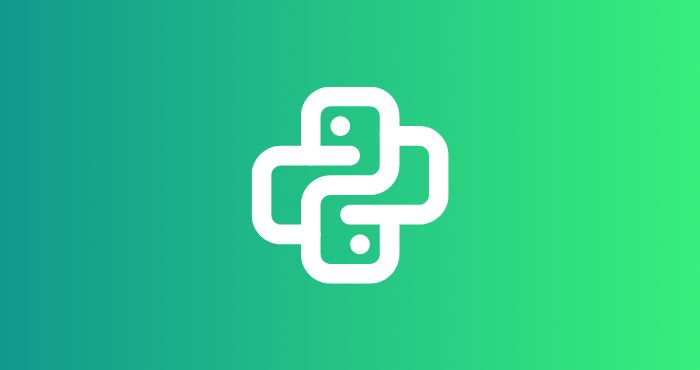
Popular 6 Python libraries for Parallel Processing
Mar 18, 2025 2 Min Read 12368 Views
(Last Updated)
Heard of ‘Parallel Processing’ lately? Well, I guess you accidentally bumped into the Data Engineering world then. It is since the word ‘Parallel Processing’ is most often heard in the Data Engineering industry and here you’ll come across the top 6 python libraries for parallel processing. While Parallel processing is also referred to as Parallel Computing. Let’s understand what it basically means.
Table of contents
- What is Parallel Processing?
- List of Python libraries for Parallel Processing
- #1 Ray
- #2 Dask
- #3 Joblib
- #4 Pandarallel
- #5 Dispy
- #6 Ipyparallel
What is Parallel Processing?
Basically, Parallel processing is a method of computing a system of running two or more processors (CPUs) to handle different parts of an overall task.
By breaking the various different parts of a whole task among multiple processors, the amount of time to run a program can be greatly reduced. This helps handle large-scale data processing problems. Also, Parallel processing forms the basis of almost all modern processing tools. It is important mainly for memory concerns but also for processing power.
Now, comes the question – Why are we discussing particularly Python Libraries?
Python is a convenient and programmer-friendly programming language, but it isn’t the fastest one. An important point is that the Python language includes a native way to run a Python workload across multiple CPUs. And that’s why we need to see the top Python libraries that allow us to spread the existing python application’s work across multiple cores, machines, or even both.
If you are aspiring to explore Python through a self-paced course, try GUVI’s Python self-paced certification course with IIT Certification.
List of Python libraries for Parallel Processing
#1 Ray
When a Python code needs to be parallelized or distributed, it can lead to rewriting the existing code, & even sometimes writing it from scratch. The Ray library provides an efficient way to run the same code on more than one machine & helps handle large objects as well as numerical data.
To implement parallel computing in a simple way, Ray takes functions & classes for translating them to the parallel setting as tasks and actors. (Actors are those systems or individuals that will interact with the application). And, actors perform a series of steps/ related interactions to complete a goal.
Furthermore, Ray provides a flexible API that allows serial applications to be parallelized without major modifications. Altogether, Ray is a unified framework that makes it easy to scale up the applications and leverage state-of-the-art machine learning libraries.
#2 Dask
When developers in the data engineering team handle large data sets, they find dask to be a one-stop solution for such data sets that are larger than to fit in memory.
This is because Dask provides parallel & multicore execution, alongside providing a general implementation for different concepts in programming. Also, Dask can work on your laptop or even a container cluster. Pretty much adaptable, right?
Furthermore to this, Dask also finds itself for efficient parallelization in domains like Machine Learning & Data Analytics.
#3 Joblib
Joblib is one of the Python libraries that provides an easy-to-use interface for performing parallel processing in Python. This library is best-suited when you have loops and each iteration through the loop calls some function that can take time to complete.
Also, Joblib is a wrapper library that uses other libraries for running code in parallel. An interesting point is that Dask can be used to scale the Joblib-backed algorithms out to a cluster of machines by providing an alternative Joblib backend for running things in parallel.
#4 Pandarallel
Pandarallel is an open-source library that is used to parallelize Pandas operations on all the available CPUs. It lets you parallelize the functions such as apply() , applymap() , map() , groupby() , and rolling() on Pandas DataFrame & Series objects.
The main drawback here is that it works only with Pandas. However, the best part of Pandarallel is that it significantly speeds up your pandas computation with only one line of code.
#5 Dispy
Dispy is ideal for data-parallel (SIMD) paradigm, where SIMD is an acronym for ‘Single Instruction/Multiple Data’ operations meaning – a computing method that enables the processing of multiple data with just a single instruction. Here, a computation is evaluated with different (large) datasets independently with no communication among computation tasks, but the computation tasks send intermediate results to the client.
#6 Ipyparallel
The main advantage of developing parallel applications using ipyparallel is that it can interactively within Jupyter platform. And, it supports various types of parallel processing approaches like the single program, multiple data parallelism, multiple programs, multiple data parallelism & more. A combination of these approaches as well as custom approaches can be defined by users as well. All of this is possible due to the flexible architecture of ipyparallel.
So that’s about the top six Python libraries & frameworks used for parallel processing. If you’re dreaming of a career in Data Science, Data Engineering & Data Analytics then it’s time for you to be aware of such libraries & dive in to make a solid career.
If you are aspiring to explore Python through a self-paced course, try GUVI’s Python self-paced certification course with IIT Certification.





















![What is TypeScript? A Beginner's Guide [2025] 2 typescript](https://www.guvi.in/blog/wp-content/uploads/2025/05/What-is-TypeScript_-A-Beginners-Guide.png)









Did you enjoy this article?